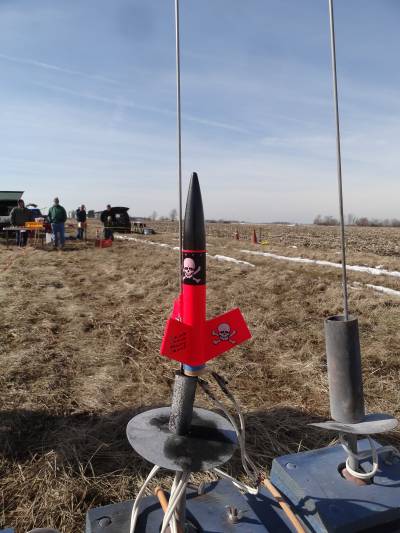Welcome
Welcome to RocketReviews.com (formerly EMRR).
RocketReviews.com is the home of almost 5000 reviews of rocketry kits and products. Written by visitors to RocketReviews.com like you, the reviews cover everything from low-power model rocket kits to high-power rocket motors.
The site's Flight Log allows you to record and share your rockets and their flights. The Builds feature helps you document your rocketry projects.
At RocketReviews.com, you'll also find a large collection of rocketry resources such as a list of rocketry clubs, and large libraries of OpenRocket design files and Rocksim design files. A number of rocketry tools and calculators are available to help you design, build, and fly your rockets.
As you explore RocketReviews.com, you'll also find a number of fun things such as a huge library of rocketry videos and a collection of photo albums.
 |
 |
Featured Review
Estes Mega Mini Max
Manufacturer: Estes
Construction Rating: 




Flight Rating: 




Overall Rating: 




Contributed by Bill Eichelberger
 Brief
Brief
Just your basic plain Jane Estes Mini Max with some added nose weight and 24mm power.
Components
- Estes Mini Max kit
- Many BBs
- Kevlar
- Sewing elastic
- Hot pink streamer
Read the rest of the review ...
Sponsored Ads
 |
 |












